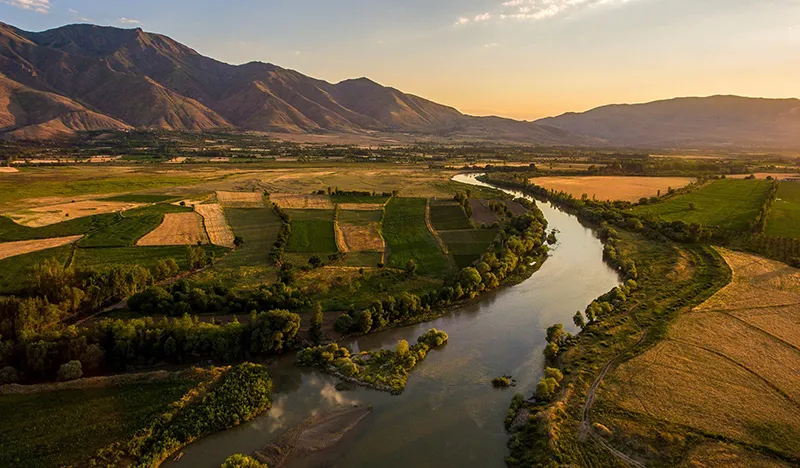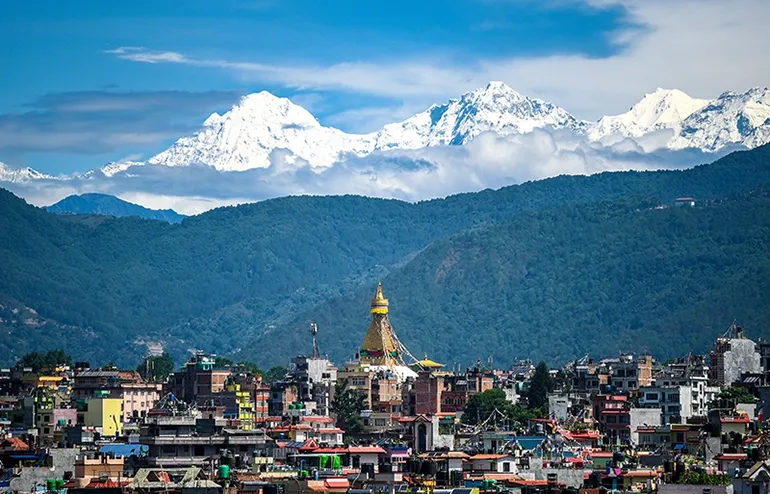The Arab States of the Persian Gulf are a group of states located around the Persian Gulf on the Arabian Peninsula. These states include Bahrain, Kuwait, Oman, Qatar, Saudi Arabia, and the United Arab Emirates (UAE).
These states share a similar culture and language, as well as a strong dependence on the oil industry. They are among the richest countries in the world because of their oil resources and diversified economies that include tourism, finance, construction and other industries.
One of the key challenges these nations face is diversifying their economies to reduce their dependence on the oil industry. They also face a number of social and political problems, such as lack of democracy and restrictions on women’s rights, which have led to criticism from the international community.
Source of oil
These small states (with the exception of Saudi Arabia) have the largest oil reserves in the world. Since the discovery of “black gold” (which happened after World War I), the flow of money to this region has not stopped. The eternal problem of nomads – the lack of water in the desert – has been solved: powerful irrigation systems have turned the desert into a blooming oasis.
Thanks to their high standard of living, the political situation in the Gulf countries is largely stable. In 1980, these countries (including Oman) create an economic association of the Council of Gulf States. Each of them is also a member of OAPEC, an influential Arab organization of oil-exporting countries, headquartered in Kuwait.
The war in the Persian Gulf
In the early 1990s, Western countries, alarmed by Iraq’s annexation of Kuwait, formed a coalition against Iraq (1990).
For the Gulf countries, August 2, 1990, came as a real shock. The Iraqi army invaded the small state of Kuwait. The invaders put a new, pro-Iraqi leadership at the head of Kuwait.
Western countries, concerned not only about the state of Kuwait’s oil exports, but also about the strengthening of the aggressive regime in Iraq, took all measures to end the occupation of Kuwait. The UN urgently approved a resolution that Iraqi President Saddam Hussein should immediately withdraw from Kuwait. After the diplomatic efforts failed, the Western countries, led by the United States, were forced to resort to military action. From January 17, 1991 to February 28, 1991, more than 700,000 troops of the anti-Iraq Coalition fought against one of the most powerful armies in the Arab world. The operation was called Desert Storm.
After an intense six-week bombardment of the Iraqi capital, Baghdad, the invaders had to withdraw their troops from Kuwait. Saddam Hussein was forced to recognize the UN resolution.
But the truce did not last long. Iraq’s aggressive plans continued to seriously disturb the international community. The U.S. accused Iraq of possessing weapons of mass destruction and promoting international terrorism. Iraq’s obstruction of the work of UN observers did not add to the calm.
As a result, a new coalition was formed, which in March 2003 invaded Iraq and toppled the regime of Saddam Hussein. Qatar, which hosted the headquarters of U.S. forces in Iraq, became a military base. Since the war ended, Gulf security forces have continued to use the base. But Islamic fundamentalists, unhappy with the U.S. presence in the region, have organized terrorist attacks in the Gulf countries. In 2003 there was a terrorist attack on Riyadh (the capital of Saudi Arabia).
General Information
BAHRAIN
- Area: 695 km2.
- Population: 667,300 (2003), population density: 960/km2.
- Capital: Manama.
- Crude oil reserves: 100 million barrels.
KATAR
- Area: 11,586 km2.
- Population: 833,300 (2009), population density: 71.9 persons/km2.
- Capital city: Doha.
- Crude oil reserves: 15.2 billion barrels.
KUWAIT
- Area: 17,820 sq. km.
- Population: 2,257,000 (2004), population density 126.6 persons/km2.
- Capital: Kuwait.
- Crude oil reserves: 96.5 billion barrels.
SAUDI ARABIA
- Area: 2,218,000 km2.
- Population: 28,686,633 (2009). population density 12.9 persons/km2.
- Capital: Riyadh.
- Crude oil reserves: 262 billion barrels.
UNITED ARAB EMIRATES
- Surface area: 83,600 km2.
- Population: 4,798,491 (2009). population density: 57.4 persons/km2.
- Capital city: Abu Dhabi.
- Crude oil reserves: 97.8 billion barrels.
Economy
UNITED ARAB EMIRATES
- Exports: oil (45%), natural gas, dried fish, dates.
- Imports: motors and automobiles, food and chemical products.
SAUDI ARABIA
- Exports: crude oil and petroleum products (90%), dates.
- Imports: machinery and equipment, food and chemical products, cars, clothing.
Fun Facts
- The unit of measurement used for oil trade is the barrel (158,988 liters).
- The first energy crisis of 1973 was the result of what has gone down in history as the Yom Kippur War. On this most important Jewish holiday, Egypt and Syria attacked Israel. However, Israel not only managed to repel the aggression, but also occupied considerable territory of the hapless aggressors. Then OPEC – which included all the Arab member countries of OPEC as well as Egypt and Syria – declared that it would not supply oil to countries that supported Israel in this conflict with Syria and Egypt. Over the next year, the price of oil rose from $3 to $12 a barrel.
- Ships enter the Persian Gulf through the Strait of Omuz. Due to the economic position of the region, this strait is of global strategic importance.
- Many immigrants live and work in the Persian Gulf, mostly from Southeast Asia and the Middle East.




